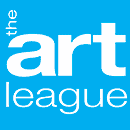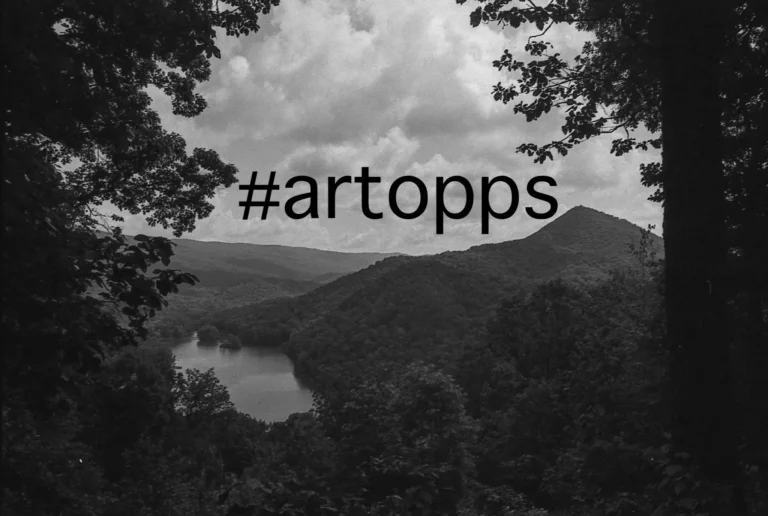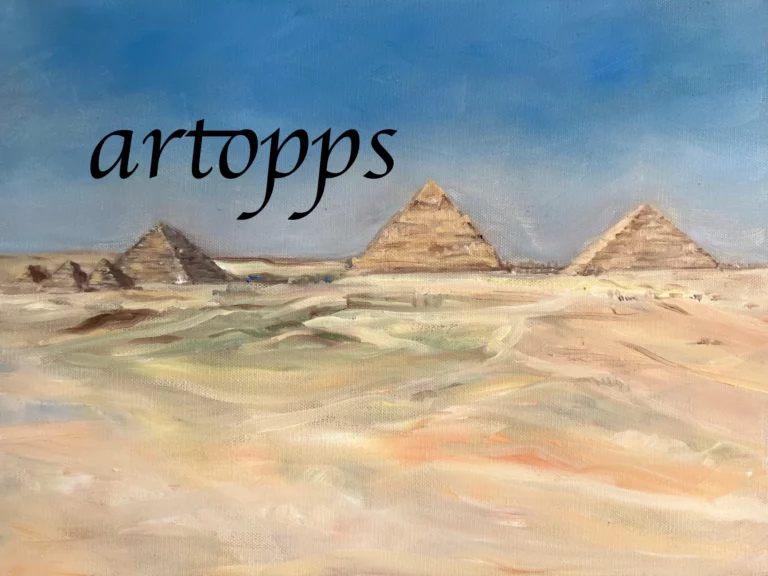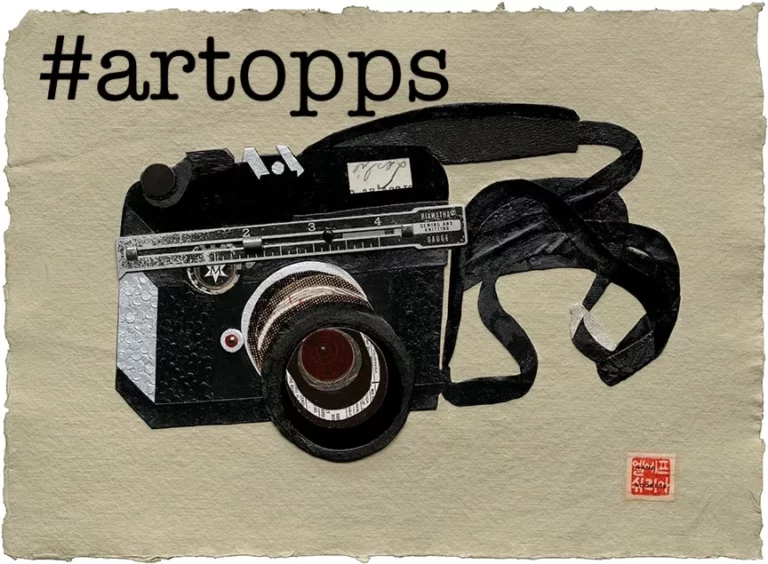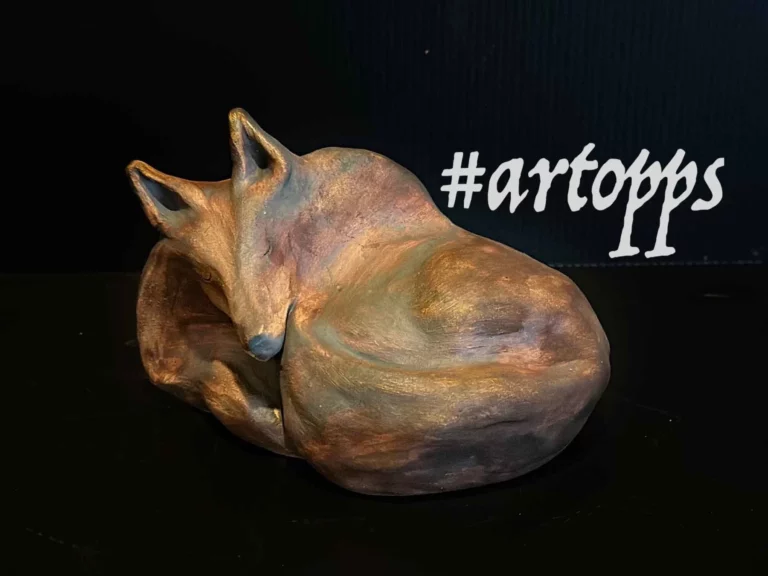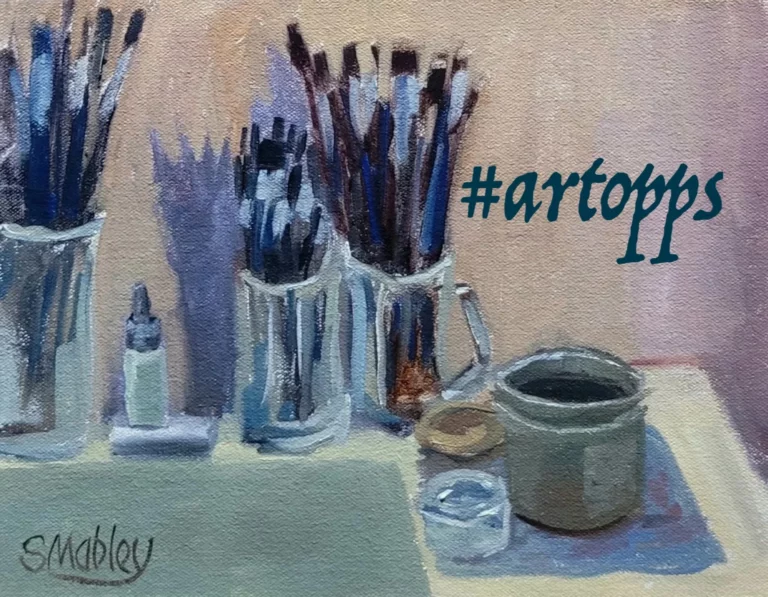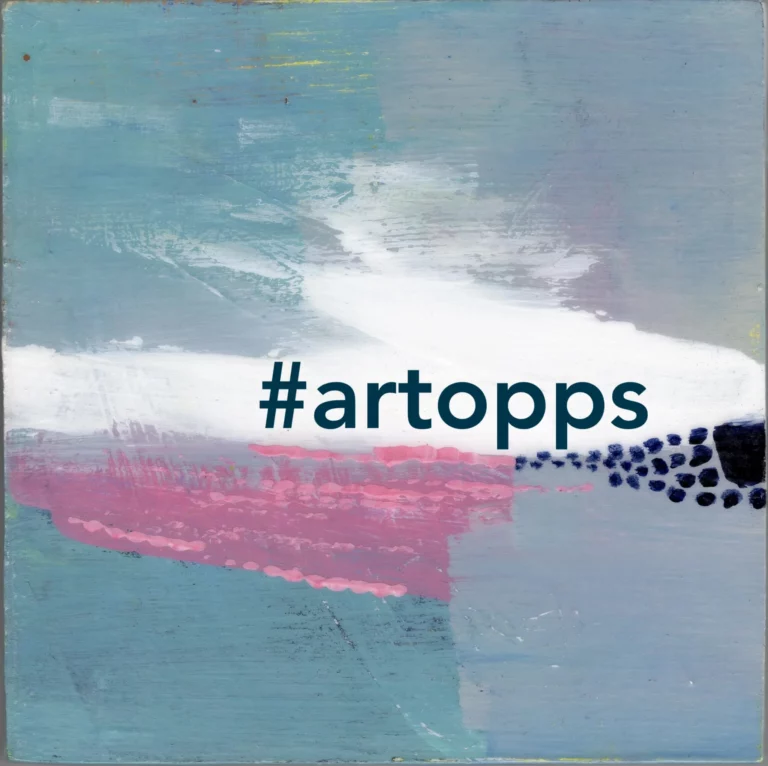Inside “The Ring of Fire” and the Lithography Process
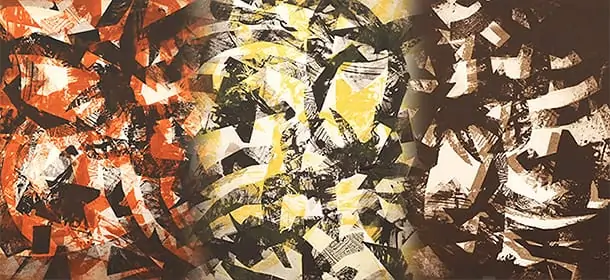
Indonesian-American artist Wijati Soemantoro created the series “The Ring of Fire” — on view as a solo exhibit through October 5 — as a response to her experiences with natural disaster. Abstract, multilayered, and interconnected, these are all lithographic prints that started out as drawings.
We asked the artist to tell us more about how it’s done.
Why did you start expressing yourself in this way?
Wijati Soemantoro: In my home country, Indonesia, natural disasters happen frequently.
Recently, Mt Sinabung, Tanah Karo, North Sumatra was active and erupted. Earthquakes, volcanic eruptions, mud slides, and floods are natural phenomena that impact my feelings directly and strongly. They are embedded in my long-term memory and need an outlet to be freed.
De-cluttering feelings stored in my memory takes time. It is impossible to depict unseen feelings of pain, sadness and hopelessness, unless we can find a way to release them through imagination or skill. The impact of natural disasters have been stored in my body and mind, creating chaos in me. When I am overloaded, then is a good time to create.
Why is lithography the best way to express these emotions?
The repetitions, timing, and patience of lithography is the best way to express my emotion, which comes from outside motion triggered by natural disaster. Layers of emotions, superimposing one onto another coming from different times and places, can be accurately represented by lithography. In the process of creating this theme, I draw from many different tools, involving chemistry, movement, emotion, and action.

What different tools do you use to draw/print?
- Printmaking papers
- Mylar and plastic transparency
- Korn’s Litho pencils, crayons, Tusche, Ink,
- Acrylic and Tempera
- Exposure unit (Amergraph metal halide exposure units capable of exposing photo sensitive plate)
- Positive plates (aluminum plate coated with photosensitive emulsion. When exposed to ultraviolet light through a film positive, the emulsion hardens. Further processing reveals a positive image.)
- Lithography chemistry (positive plate developer, positive plate finisher preserver cleaner/FPC, asphaltum, lacquer, gum arabic, Lithotine, and tannic acid)
- Monochrome and polychrome ink
- Hand inking Rollers
- Litho Press
What’s your process for making these prints?

Example 1: Initial Eruption #1 and #2
- Two images are drawn on two different Mylar sheets, size 12″ x 18″, using Korn’s litho pencils, crayons, tusche, and ink.
- Both superimposed images are transferred to positive plate #1 with the exposure unit.
- Positive plate #1 is processed by lithography chemistry.
- Positive plate #1 is inked by hand roller with monochrome ink.
- Positive plate #1 with image is transferred to a printmaking paper #1 by litho press.
24 hours later …
- Positive plate #1 is inked again.
- Positive plate #1 is transferred, upside down, to previously printed paper #1.

Example 2: Lava #1, #2, and #3
- Cut and shred all images from Mylar and plastic sheets used for other drawings.
- Scattered images are transferred to positive plates #2, #3, and #4 with the exposure unit.
- Positive plates #2, #3, #4 are processed with lithographic chemicals.
- The plates are inked one at a time by hand roller with polychrome inks.
- Positive plates #2, #3, #4 are transferred to printmaking papers by litho press.
“The Ring of Fire” is on view through October 5.
Can't get enough?
Sign up for our weekly blog newsletter, subscribe to our RSS feed, or like us on Facebook for the latest Art League news. Visit our homepage for more information about our classes, exhibits, and events in Old Town Alexandria, Virginia.
